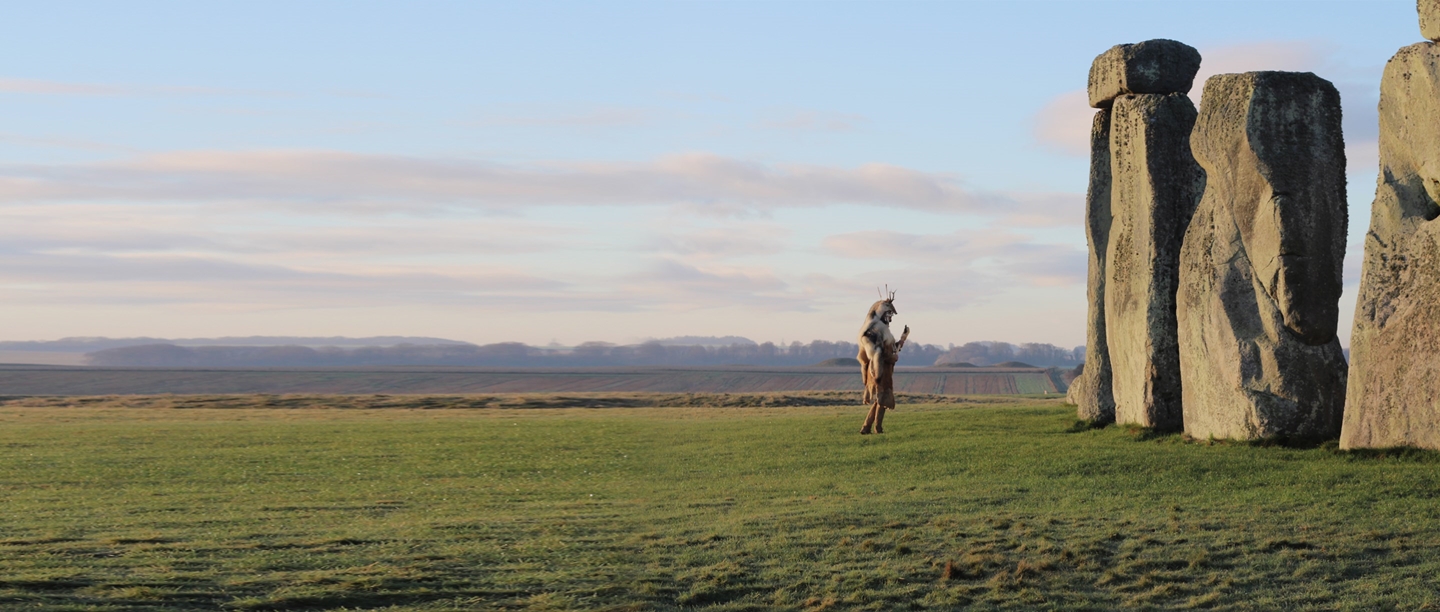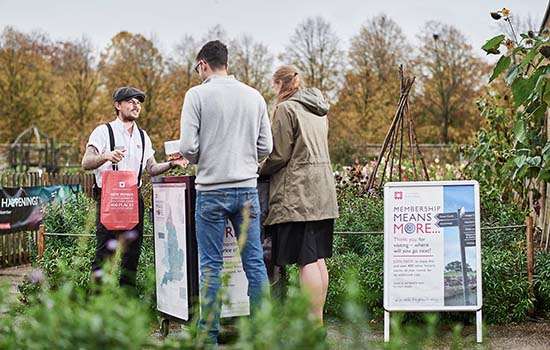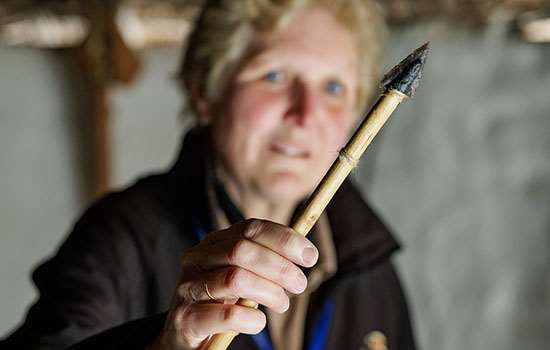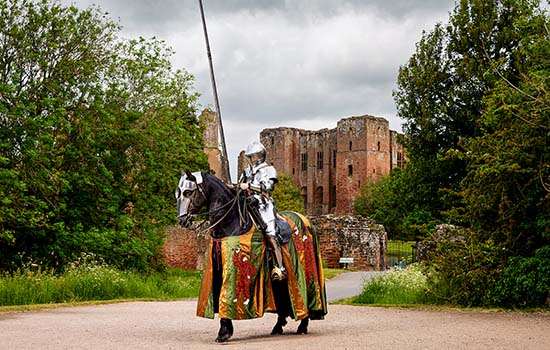1. HOME IS WHERE THE HEARTH IS
During the Mesolithic period (around 10,000 to 6,000 years ago), humans were largely nomadic. They moved from place to place, hunting animals and foraging for food. But by the late Neolithic period people began to settle down, building some of the first homes and living in settled communities.
The remains of one such settlement can be traced just a few miles away from Stonehenge. Archaeologists have called this massive circular earthwork 'Durrington Walls', and it's thought that it was home to thousands of people who built and used Stonehenge.
This settlement contained many small square houses with central hearths and had walls made of interwoven stakes and chalk plaster ('wattle and daub'). We know from archaeological evidence that these houses contained comfy beds and other wooden furniture.
You can see reconstructions of these Neolithic houses at the Stonehenge visitor centre. Built using the tools and methods of the period, they give you a rare insight into Neolithic life.
2. EXPERTS IN THEIR FIELD
Throughout prehistory, people had been masters of their landscapes. They had intimate knowledge of the plant and animal resources required for food, medicine, shelter and clothes. But there was a major step change at the start of the Neolithic period. People adopted domesticated plants and animals from the Continent, breeding them so that favourable traits were encouraged in the next generations.
They may not have known how or why this process worked, but they certainly had a basic understanding of selective breeding. They developed the ancestors of wheat into stable and productive crops, and began to clear the land of trees to enable grazing of animals and planting of crops.
3. FANTASTIC FEASTS
Imagine if thousands of people turned up at your house looking for a bite to eat. The people who lived at Durrington Walls faced the enormous task of feeding large numbers of builders involved in the construction of Stonehenge.
Among the remains of the houses at Durrington Walls, archaeologists discovered lots of 'middens'. These are essentially rubbish dumps which contained heaps of animal bones (around 800,000 in total) and lots of broken pottery. From this we can assume that people were gathering for large feasts. Some bones had plenty of meat still attached to them. This suggests that there was so much meat available that they could be discarded without the full nutrition being extracted first.
Archaeologists can tell the age that an animal was slaughtered. Since pigs give birth in the spring, it was also possible to spot a substantial peak in the number of pigs killed at the site during the late autumn and winter. This indicates that the feasts at Durrington Walls mainly happened at those seasons.
4. GOING UNDERGROUND
The oldest evidence we have of humans in Britain comes from flint tools made in Norfolk around 900,000 years ago.
For thousands of years, flint was used by Neolithic people to shape the world around them - they used it to make knives, scrapers, axes, piercers and arrowheads. It was the Swiss Army knife of its day.
It's likely that in the earliest periods of prehistory, people simply used flint that they found on the ground. But by the Neolithic period, people began to dig mines to reach the higher quality flint found deeper underground.
Today you can still see the evidence of this activity. Over 400 pits were dug at Grime's Graves in Norfolk around 4,500 years ago. At the only Neolithic flint mine in Britain open to visitors, you can explore a landscape forever transformed by the hands of our ancestors.
5. PASS THE CHEESE PLEASE
It's easy to take food storage for granted. Today we have the luxury of fridges, freezers and containers to prolong the life of our leftover dinners and ingredients. With all the extra food being produced by Neolithic farmers, there was an urgent need for storage to provide food during the lean winter months. Neolthic people dug underground storage pits to keep food cool, but they also invented the first examples of processed food. They salted and dried food to stop it spoiling.
Many pieces of decorated flat bottomed pottery called Grooved Ware have been excavated from Durrington Walls and other late Neolithic sites. These beautiful pots have simple lines of decoration, or 'grooves' on them. Analysis of the fats absorbed into the fabric of the pottery can tell us what kind of foods were stored and cooked in these vessels. As well as pork and beef products, dairy fats have been found, leading archaeologists to believe that Neolithic people were processing dairy products into cheese. Cheese would have not only been more digestible but would have kept for longer and been easier to transport than milk.
6. BUILDING ON A MONUMENTAL SCALE
Neolithic people were ingenious builders. They created some spectacular monuments - and thousands of years later, you can still see some of them today.
Monument building was not just a major architectural innovation, but a radical change in the way that people thought about landscape and materials. With the population increases and more reliable food resources, people began to collaborate and build incredible things together. At first these were simple burial monuments such as long barrows, but by the later Neolithic magnificent structures like Stonehenge, Avebury, Silbury Hill and Stanton Drew were being built.
Monuments like Stonehenge showcase the ingenuity of our ancestors and their sophisticated building techniques. To form Stonehenge's unique 'trilithons' by fitting horizontal lintels onto pairs of huge upright stones, mortice holes and protruding tenons were created, predating the first piece of Lego by over 4,000 years! Each stone was carefully shaped and worked, taking many hours of hard work.
7. KEEPING TIME
Estimating the passage of time was important to many ancient cultures. For farmers in the Neolithic, the winter might have been a time of fear as the darkness set in, days grew shorter and food supplies ran low. They would have longed for the return of light and warmth which meant crops would grow and animals thrive. It was probably this yearly cycle and the annual movements of the sun that inspired Neolithic people to construct the precisely aligned monument of Stonehenge.
These stones were carefully shaped and set up to frame at least two important events in the annual solar cycle – the midwinter sunset, on the shortest day of the year, and the midsummer sunrise, on the longest day. These particular events must have been important to the people who built Stonehenge, and it’s likely that they gathered here to celebrate the turning year.



